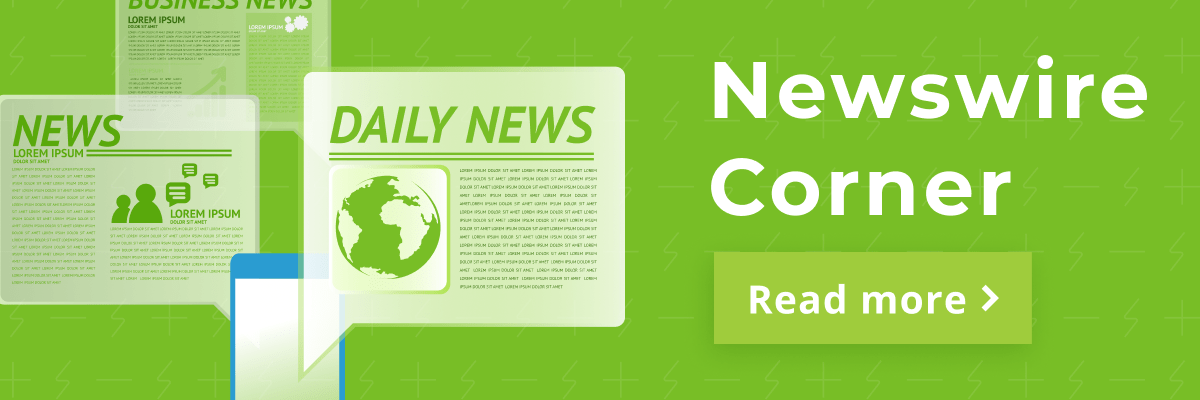Ford Hybrid & Electric Cars Continue Their Sales Growth
Originally published on EV Obsession.
Breaking away from the fold, Ford’s US hybrid and electric car sales actually surged in September 2013 (compared to September 2012) despite Labor Day “falling in August” on the auto industry sales calendar (for who knows what reason).
Counter to the hit Toyota, GM, and Honda took, Ford’s hybrid and electric car sales rose 112.55% in September 2013 (compared to September 2012). The US company sold 5,926 hybrid and electric cars in September 2013 versus 2,788 in September 2012.

However, the reasons for this are actually quite simple:
- In September 2013, Ford sold 758 Ford C-Max Energi plug-in hybrids. In September 2012, the car wasn’t yet on the market.
- In September 2013, Ford sold 750 Ford Fusion Energi PHEV plug-in hybrids. In September 2012, the car wasn’t yet on the market.
- In September 2013, Ford sold 1,424 Ford C-Max conventional hybrids. In September 2012, the car had just been introduced to the market and saw 969 sales.
- In September 2013, Ford sold 750 Ford Fusion conventional hybrids. In September 2012, the car had just been introduced to the market and saw 898 sales.
Nonetheless, it’s great to see the shift in Ford’s fleet. Overall, for the year to date, Ford’s hybrid and electric vehicle sales are up 328.01% compared to 2012, with 67,232 hybrid and electric vehicle sales through September this year versus 15,708 through September of last year.
Also see:
100% Electric Car Sales Up 447.95% In US In 2013
Leaf & Volt Switch Places At #1 For 5th Time This Year
Toyota, GM, & Honda Hybrid & EV Sales — Up Or Down?
Have a tip for CleanTechnica? Want to advertise? Want to suggest a guest for our CleanTech Talk podcast? Contact us here.
Latest CleanTechnica.TV Video

CleanTechnica uses affiliate links. See our policy here.


